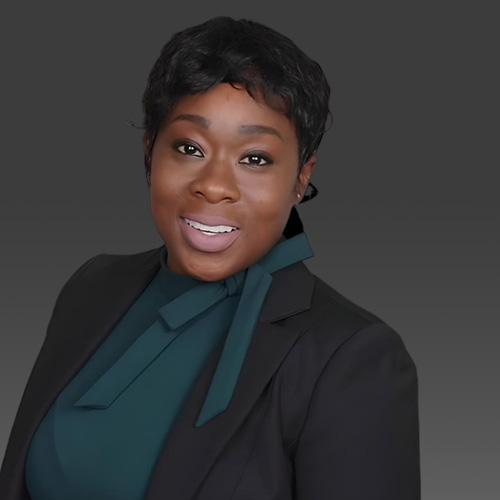Q: What procedural requirements must law enforcement follow to ensure a DUI checkpoint is legal?
To ensure that a DUI checkpoint is legal in California, law enforcement must adhere to specific procedural requirements established by both state laws and judicial precedents. First and foremost, the decision to conduct a checkpoint must be made by supervisory personnel rather than by individual officers on-site. This ensures that the operation follows a pre-established plan.
Moreover, law enforcement must provide prior public notice of the checkpoint, which can be done through various means such as press releases or public announcements. This notice serves to inform the public about the checkpoint’s existence and its purpose, thereby increasing transparency and ensuring that drivers are aware of the potential for stops.
Additionally, the checkpoint must be conducted in a manner that is minimally intrusive. This includes choosing a location that is appropriate and known for DUI offenses and ensuring that the operation is brief and staffed adequately to avoid excessive delays for motorists. Officers at the checkpoint must also have a systematic method for stopping vehicles, such as stopping every fourth vehicle, to avoid arbitrary selections that could violate individuals’ rights. Following these procedural requirements can uphold the legality of a DUI checkpoint in California.






